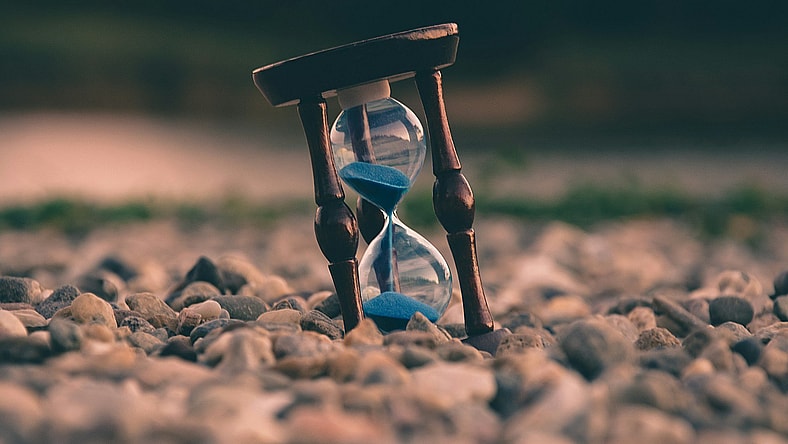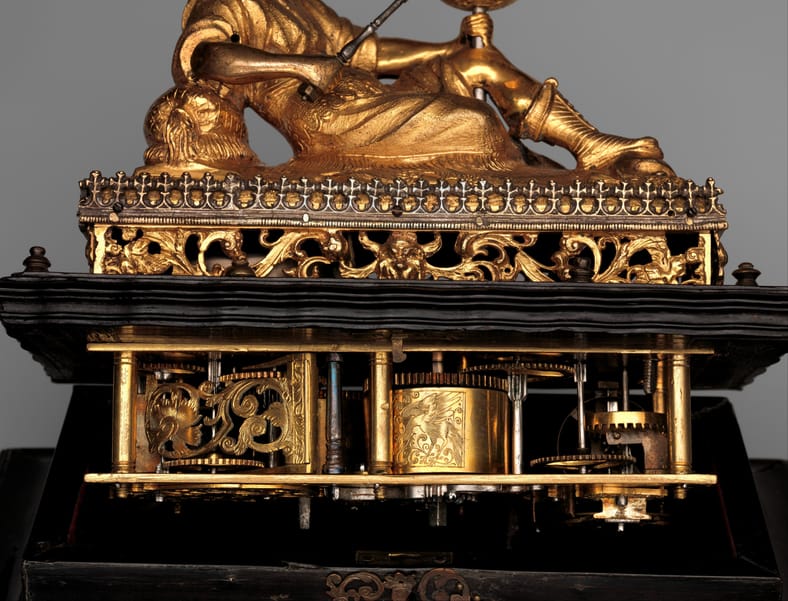
Timekeeping has been around for centuries. While we are accustomed to clocks everywhere, from our phones to the devices around the house, there were other ways of keeping time in the past. These devices used intricate mechanisms or other mysterious methods to tell time, and provide other useful information too. Keep reading to learn more about six timekeeping devices from history and how they told time.
6. Incense Clock

Starting our list of timekeeping devices is the incense clock. This contraption first appeared in China in the 6th century, taking advantage of the slow-burning nature of incense and the pleasant aroma. To use, someone would grab a stick of incense based on the length of time. For instance, shorter sticks for short periods, and long, spiraled sticks for days. Strings were sometimes tied to the sticks to release a gong and announce the desired time, or other incense sticks had different aromas based on the hour.
RELATED: 11 Most Expensive Watch Brands in the World
5. Obelisk

Fifth on our list of timekeeping devices is the obelisk. Used first by the ancient Egyptians, they took advantage of the shadows created by the Sun. An obelisk is pointed, so as the Sun moves across the sky, it casts a large shadow upon the ground. This path was mapped with intervals on the ground representing the hours of the day. The location had to be special to ensure the angle of the shadow was accurate, and many obelisks were decorated in intricate hieroglyphics.
4. Automaton Clock

Next on our list of timekeeping devices is the automaton clock, which uses animated figures to mark the passing of time. More elaborate than a cuckoo clock, sometimes there are dozens of figures performing involved routines at certain times throughout the day. The automaton clock was first produced in the first century BC, and is still popular today. One of the most famous automatons is Munich’s Glockenspiel, which consists of no less than 43 bells and 32 full-scale automaton figures.
CHECK OUT: Buying A Vintage Watch? These Are The 5 Questions To Ask
3. The Elephant Clock

Rounding out the top three mysterious timekeeping devices is the elephant clock. A mechanical engineering masterpiece, the clock was invented during medieval times by Al-Jazari. The design is structured around a hollow elephant statue, with components of the clock on top and inside the elephant. A giant ladle in a water reservoir was hidden in the elephant’s head. The ladle took 30 minutes to fill with water and would sink, making a ball drop into the mouth of a serpent on top of the elephant. The serpent then swung down, pulled strings that caused an elephant rider to pound a drum and signal the hour, and then everything reset.
ALSO READ: 5 Strange Victorian-Era Games for the Parlour
2. The Merkhet

Second on our list of timekeeping devices is the merkhet. Another Egyptian invention, the merkhet, or “instrument of knowing,” was the world’s first astronomical tool. The merkhet allowed Egyptians to keep time at night using the stars. The device consists of a string with a weight attached to one end, allowing a straight line to be measured. When two merkhets were aligned with the North Star, it formed a celestial meridian in the sky. Then the time was determined by how many stars crossed the meridian.
1. Astronomical Clocks

Last but not least on our list of timekeeping devices is the astronomical clock. While able to tell time, the astronomical clock also keeps track of celestial information. The most famous of these clocks was a water-driven one designed by Al-Jazari in 1206. The device was able to be reprogrammed to account for seasonal changes. It also tracked the orbits of the sun and moon, indicated the current zodiac sign, and featured a moving crescent moon.
CHECK OUT: 6 Iconic Pen Models Used by Famous Authors in History
